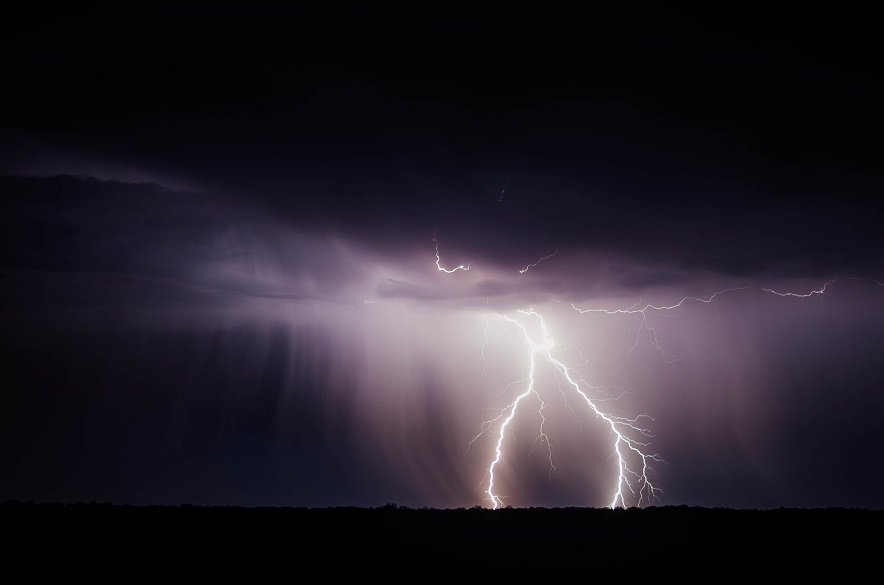The Price of Destruction
"In 2017, the U.S. experienced a rare combination of high disaster frequency, disaster cost, and diversity of weather and climate extreme events," the U.S. National Oceanic and Atmospheric Administration (NOAA) says in a recent report. "Billion-dollar disasters occurred in six of the seven disaster event categories we analyze."
The final tally of destruction, calculated by NOAA's National Centers for Environmental Information, is a record breaker. Disasters caused $306 billion in total damage in 2017, making it the costliest U.S. disaster year since the agency started keeping track in 1980. The previous record was $215 billion (adjusted for inflation) in 2005, the year of Hurricanes Katrina, Rita, Dennis, and Wilma.
What made 2017 so costly? The bulk of the damage, $265 billion, came from Hurricanes Harvey, Irma, and Marie, which wreaked havoc on areas in the southern United States, the Caribbean, and Puerto Rico. The costliest was Harvey, which incurred $125 billion in damage, second only to Katrina's $160 billion in damage.
Billion-dollar disasters are nothing new; since 1980, the United States has suffered 215 disasters costing $1 billion or more, for a total of more than $1.2 trillion in damage, according to NOAA. But one of the features that distinguished 2017 was the quantity of billion-dollar disasters—16, which tied 2011 for highest number of events.
These 16 disasters varied in nature. They began with a tornado and storms in the southern states, California flooding, and a damaging freeze in the Southeast. That spring brought a drought to the Dakotas and Montana. Hailstorms and severe weather came to Colorado in May and Minnesota in June. Western wildfires occurred in the summer and fall. The big trio of hurricanes hit in August and September.
Although hurricanes were the costliest disasters, wildfires were also exceptionally damaging. The fires burned more than 9.8 million acres, with cumulative costs approaching $18 billion. This was triple the previous wildfire cost record of $6 billion in 1991, according to NOAA.
Finally, one reason behind the damage increases is that there are more homes and businesses in harm's way.
"The increase in population and material wealth over the last several decades are an important factor for the increased damage potential," the report says. "…Many population centers and infrastructure exist in vulnerable areas like coasts and river floodplains, while building codes are often insufficient in reducing damage from extreme events."
